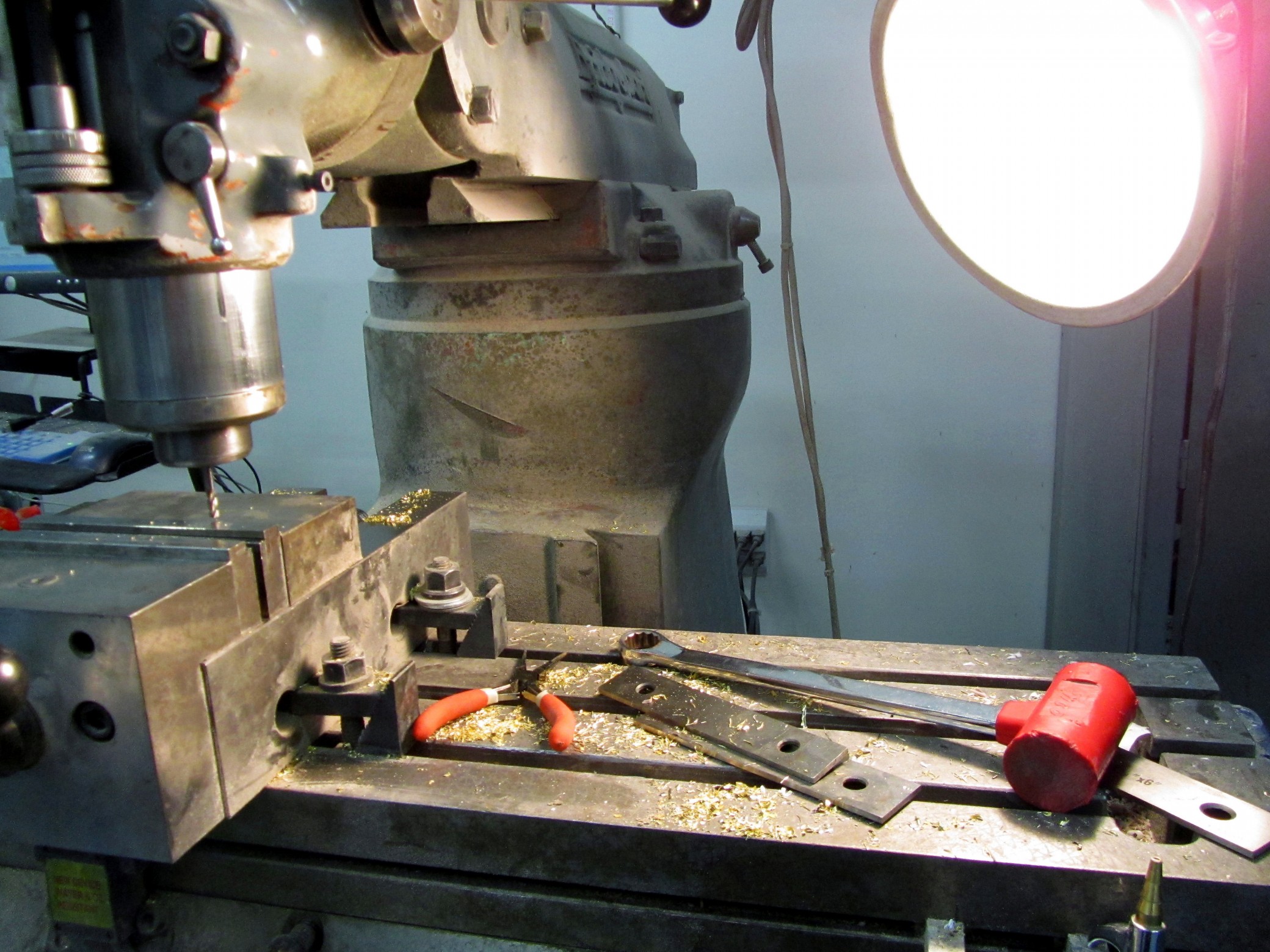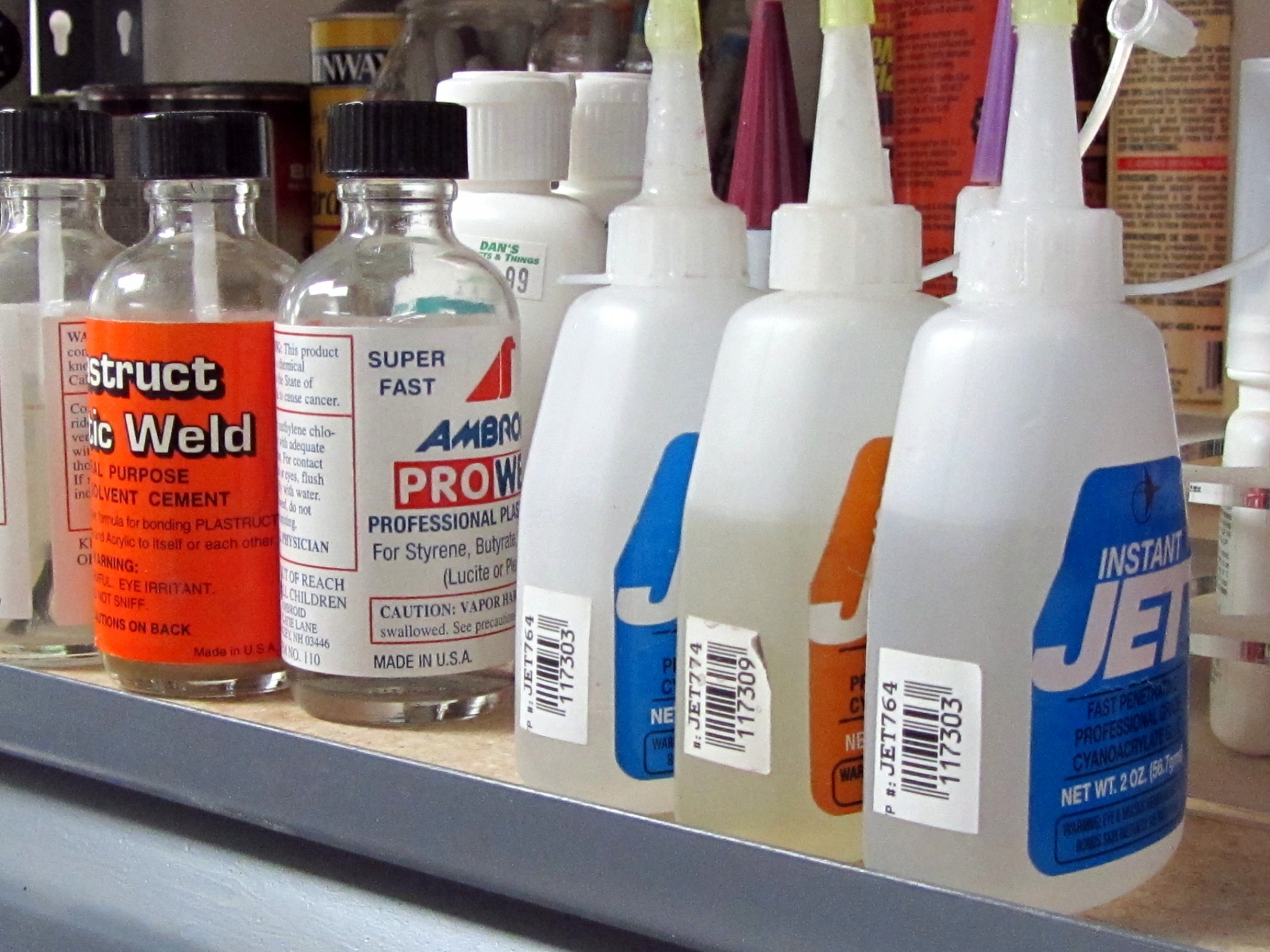
Most people’s perception of a model maker is someone opening up a box and gluing parts together. This isn’t what we do here, there are no kits for what we make. Building a model from scratch; that’s what we do, art in a three-dimensional form. If an object is made of metal, we might make the model out of plastic; sometimes an object is made of plastic, but we might make the model out of metal. The end result is the look of the model, and with paint generally covering the material, what’s underneath isn’t important. The reason we use different material is either for strength or for ease of workability. Plastic is much easier to shape and attach together than metal, but it can be weak; metal is stronger and more durable, but harder to work with. All of these decisions are made based on the end use of the model. If it is going to be displayed in a showcase in a corporate lobby, the finished piece can be more fragile, as the model won’t be handled. If the model is for a trade show, it will frequently be packed and unpacked, set up and handled. Both of these uses steer us toward different assembly methods and materials.
The advent of three-dimensional computer graphics has definitely changed model making. When we are fortunate enough to receive 3D CAD files from a customer, this definitely makes our processes easier, especially when complex shapes are involved. Working from two-dimensional drawings is still common, many times full size devices are still constructed using them, and this all that is available to us. And, there are times when all we receive is a few photographs and basic measurements.
Just because a device is made from a thousand parts, a model might only be made from ten parts. Here is where we look at the drawings and photographs to determine how we are going to construct the model. The model makers here usually have different ideas of how to proceed at this point. Often we get together and discuss the project with all kinds of ideas presented.
Although we do occasionally work with steel or aluminum, brass is the metal most often used in model making. It is relatively strong, but is soft enough to machine easily and can be attached by mechanical means, soldering or brazing (similar to welding). Plastic comes in many forms. The softer plastics, like styrene, are easy to work with, but don’t machine well (on the laser cutter it melts instead of cutting). ABS and PVC machine better but can’t be cut with the laser. Acrylic is our preferred plastic for laser cutting. The laser allows complex shapes to be etched and cut easily and quickly. Most models end up with at least some parts made this way, many architectural models are completely laser cut. Occasionally we are requested to make multiples of a model, for this resin castings are often utilized. A master is made using various materials, and then a rubber mold is made to cast the resin in.
Yes, we do use glue. But glue by itself often isn’t enough. Wherever possible we use mechanical fasteners, usually machine screws, to attach parts together. Both methods used together ensure a strong bond.
There are so many ways to make models, this is only a short overview of what we go through. More insight can be gleaned from reading our blog as we endeavor to show you what we do here at KiwiMill Model Makers.
– Jim Otto, Model Maker












